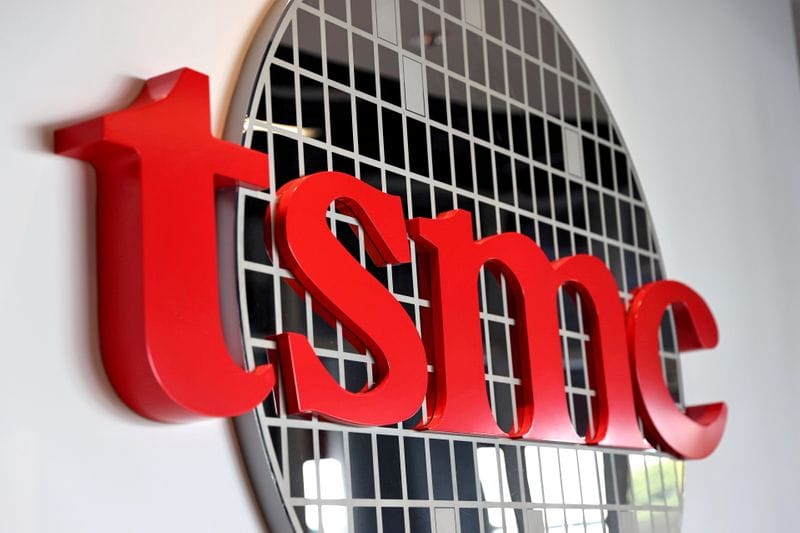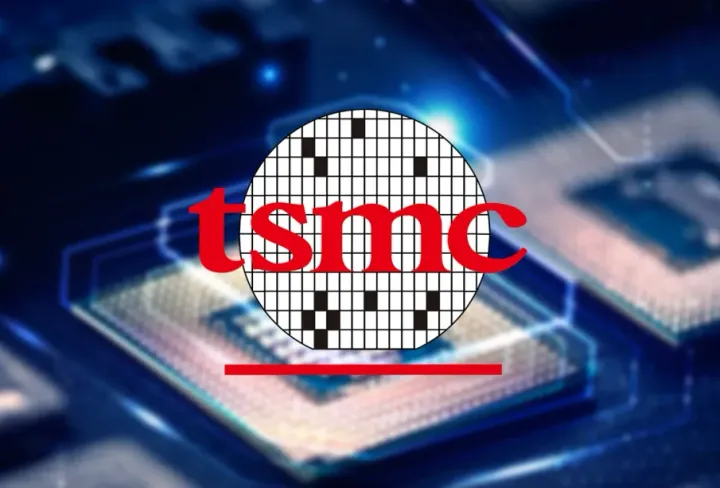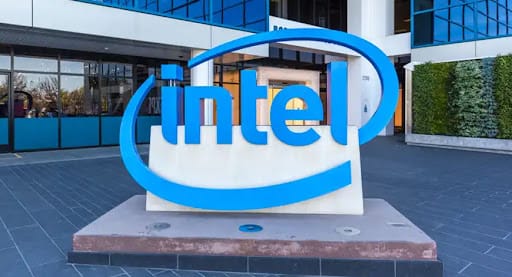U.S. Finalizes $6.6 Billion Chips Subsidy for TSMC’s Arizona Facility Ahead of Trump’s Return
The U.S. Commerce Department has finalized a $6.6 billion subsidy for TSMC’s Arizona facility, marking a key step in U.S. semiconductor manufacturing. Learn more about the deal’s impact and the U.S.-China tensions.

The U.S. Commerce Department has finalized a historic $6.6 billion government subsidy for Taiwan Semiconductor Manufacturing Co. (TSMC) to boost its U.S. semiconductor production in Phoenix, Arizona. This marks a significant step forward in the U.S.’s effort to revitalize domestic chip manufacturing, a cornerstone of the 2022 Chips and Science Act.
The finalized deal comes just weeks before President-elect Donald Trump returns to office, a time when skepticism about the government’s chip subsidy program was widespread. Despite critics, this agreement is the first major payout under the $52.7 billion semiconductor fund and represents a key milestone in the U.S. push to reduce its reliance on foreign-made semiconductors, especially from Taiwan and China.
TSMC’s Major Investment Expansion
In April 2024, TSMC agreed to expand its initial plans, increasing its investment in U.S. facilities to $65 billion, up from the originally projected $25 billion. The Taiwanese semiconductor giant will now construct a third fabrication plant (fab) in Arizona, further solidifying its commitment to U.S. manufacturing. By 2028, TSMC’s second Arizona fab will begin producing the world’s most advanced 2-nanometer semiconductor chips, a technological leap that could reshape global chip production.
Commerce Secretary Gina Raimondo highlighted the significance of TSMC’s decision, stating, “When we started this, there were a lot of naysayers. But TSMC is not just making basic chips in the U.S. – they're bringing their most sophisticated technology here.” TSMC’s decision to use its most cutting-edge “A16” chip technology in the U.S. has been lauded as a major win for American manufacturing.
Key Details of the $6.6 Billion Subsidy
The finalized subsidy package includes both grants and low-cost loans, totaling up to $6.6 billion. TSMC will also receive up to $5 billion in government-backed, low-interest loans as it hits various project milestones. Officials expect to release at least $1 billion by the end of 2024. In addition, TSMC has agreed to refrain from stock buybacks for the next five years and will share any excess profits with the U.S. government through an “upside sharing agreement.”
This agreement marks a strategic step in the U.S.’s push to enhance its semiconductor production capabilities, especially as leading-edge chips are not currently produced in the country at scale. Raimondo remarked that it didn’t happen by chance—U.S. officials had to work hard to convince TSMC to expand its U.S. operations and also to convince American companies to support U.S.-made chips.
U.S.-China Tensions and Chip Exports
As part of the subsidy deal, the U.S. government is closely monitoring TSMC’s dealings with China. The Commerce Department has reportedly issued a directive for TSMC to halt shipments of its most advanced chips to Chinese clients, as the U.S. continues to enforce strict export controls on sensitive technologies. While Raimondo did not confirm the directive, she emphasized the importance of safeguarding U.S. technology from falling into the wrong hands.
“We take national security seriously and look into every potential problem, whether it’s with companies we subsidize or not,” Raimondo stated. “Investing in TSMC to expand here is offense – defense is making sure that neither TSMC nor any other company sells our most sophisticated technology to China and violates our export controls.”
The Road Ahead for U.S. Semiconductor Manufacturing
The successful finalization of the TSMC subsidy highlights the U.S. government’s commitment to rebuilding its semiconductor manufacturing sector. The Chips and Science Act has allocated $36 billion for semiconductor projects, including additional subsidies for companies like Samsung, Intel, and Micron Technology. As the U.S. prepares to reduce its dependency on foreign semiconductor production, this $6.6 billion award is just the beginning.
The U.S. government is working to finalize agreements with other semiconductor giants ahead of President Joe Biden’s exit from office, and with President-elect Trump’s return, the future of this initiative could see significant shifts depending on his stance toward U.S. manufacturing and China.



